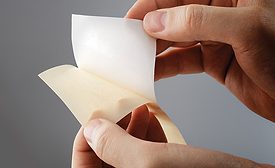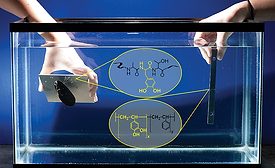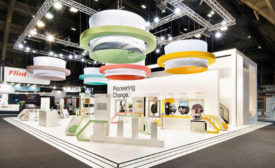Sustainability
AGC Chemicals Celebrates 100 Years
Asahi Glass began the chemical business in 1917 to produce soda ash, a raw material in flat glass.
November 13, 2017
The Future Is in Sustainability and Safety
To remain competitive, suppliers must deliver innovations that enable formulators to develop products that satisfy consumer demand.
November 1, 2017
Advancing Adhesives
Underwater Bonding
A new “biomimetic” glue can provide high-strength bonding under water.
November 1, 2017
Is Your Company the Next Blockbuster?
Sparking new innovation can help companies succeed.
November 1, 2017
Editor's Memo
The Future is Now
Consumers today want to make sure they are buying high-quality products that are also good for the environment.
November 1, 2017
Green Home Building Continues to Gain Traction
Increasing energy efficiency continues to be the most common method of improving the performance of a green home, followed by creating a healthy indoor living environment.
October 17, 2017
Harvesting Wheat for Bio-Based Chemicals?
In the OPTISOCHEM project scientist are looking to turn the abundance of wheat straw into a more useful gas called bio-isobutene.
October 11, 2017
Avery Dennison to Present Booth Made with Recycled Waste
Approximately half the materials in the booth were made from label waste collected from the company’s customers.
September 27, 2017
New Plastomer Receives Innovation Award
The European Innovation Award was created by The Society of Plastics Engineers and Plastics Europe in hopes to raise awareness about the potential of plastic materials.
September 27, 2017
Keep the info flowing with our eNewsletters!
Get the latest industry updates tailored your way.
JOIN TODAY!Copyright ©2024. All Rights Reserved BNP Media.
Design, CMS, Hosting & Web Development :: ePublishing









